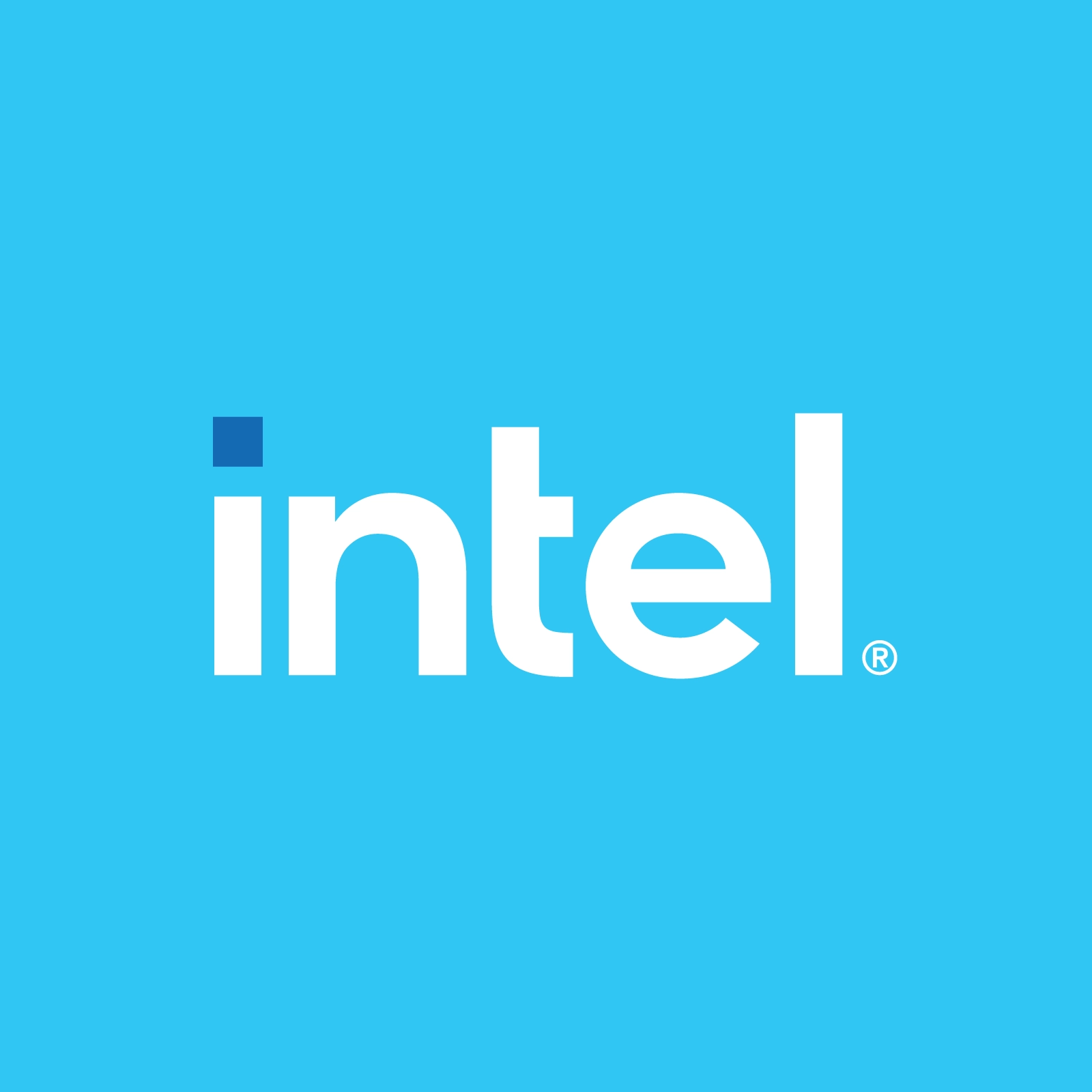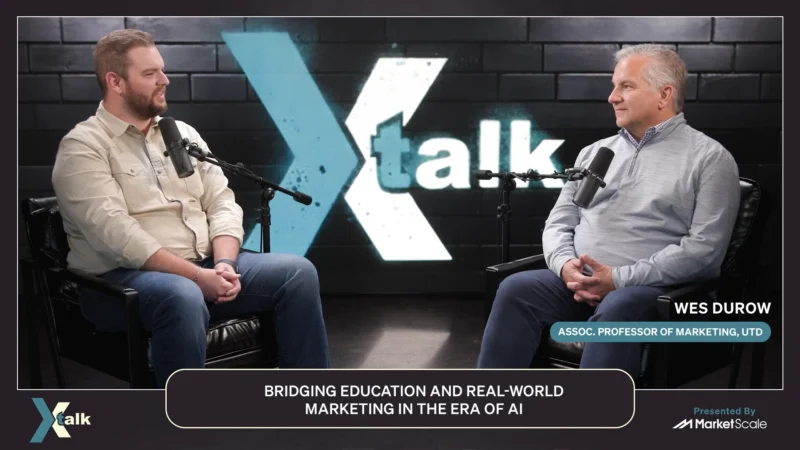How Vision Checkout Can Drive Higher Levels of Customer Satisfaction
The retail industry always sees a multitude of changes thanks to customer demands and needs, as well as technological advances that have improved how people shop. During the start of the COVID-19 pandemic, there was a huge shift to online shopping. But with lockdowns over in most places, there’s been another shift. Retailers routinely have to make necessary changes to keep up with the habits of today’s shoppers and the changes that come with how they shop.
What can retailers implement to ensure that they stay on top of the customer trends?
On a new episode of “To the Edge and Beyond,” host Gabrielle Bejarano talked with Intel Retail Industry Specialist Naren Kumar and UST Head of Vision AI Global Product Management and 5G IOT Architect Paul Reddy about customer behaviors that are impacting retailers and the challenges that arise in staying on top of that.
Bejarano, Kumar, and Reddy further discussed …
- Technology adoption that can help retailers improve the shopping experience for shoppers
- Behavioral attributes customers tend to have when shopping with a retailer
- Shopping form factors such as self-checkout that have staying power with customers
“Customers are choosing multichannel buying experiences. So, now retailers have to really gear up and say ‘How do we attract customers to come to brick-and-mortar stores?’ …that’s one of the challenges that retailers are experiencing, and customer behavior is changing so much that retailers have to adapt to new technologies so that they can catch up and attract and bring more customers,” said Reddy.
Kumar shared, “I think retailers are certainly understanding what customers value, and hence they’re really investing in ideas where those customer expectations are met … the overall goal, from a retailer’s standpoint – keep the shelves stocked up, keep the lines shorter, and then close the sales faster and then repeat the cycle.
Retail technology can improve the lives of employees and customers of retail establishments. Intel and UST continue to leverage each other’s respective strengths to improve computer vision and artificial intelligence technologies for retailers and hospitality providers. By testing and deploying the latest advances, retailers can deliver improved customer experiences while improving the productivity of their employees
Naren Kumar is the Retail Industry Specialist at Intel, where he’s worked for over a decade, he can be reached through LinkedIn. UST Head of Vision AI Global Product Management and 5G IOT Architect Paul Reddy can also be reached through LinkedIn.
Subscribe to this channel on Apple Podcasts, Spotify, and Google Podcasts to hear more from the Intel Network and Edge Solutions Group.




